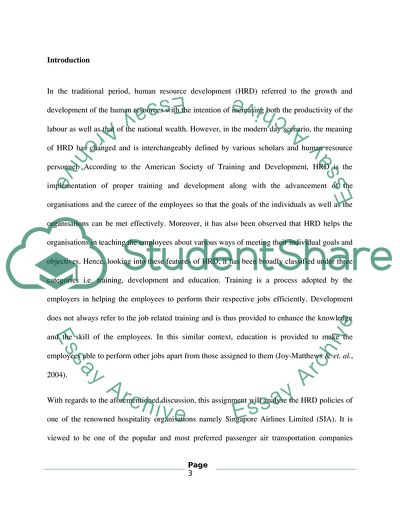Cite this document
(Human Resource Development Assignment Example | Topics and Well Written Essays - 3000 words, n.d.)
Human Resource Development Assignment Example | Topics and Well Written Essays - 3000 words. https://studentshare.org/human-resources/1817041-human-resource-development
Human Resource Development Assignment Example | Topics and Well Written Essays - 3000 words. https://studentshare.org/human-resources/1817041-human-resource-development
(Human Resource Development Assignment Example | Topics and Well Written Essays - 3000 Words)
Human Resource Development Assignment Example | Topics and Well Written Essays - 3000 Words. https://studentshare.org/human-resources/1817041-human-resource-development.
Human Resource Development Assignment Example | Topics and Well Written Essays - 3000 Words. https://studentshare.org/human-resources/1817041-human-resource-development.
“Human Resource Development Assignment Example | Topics and Well Written Essays - 3000 Words”. https://studentshare.org/human-resources/1817041-human-resource-development.


